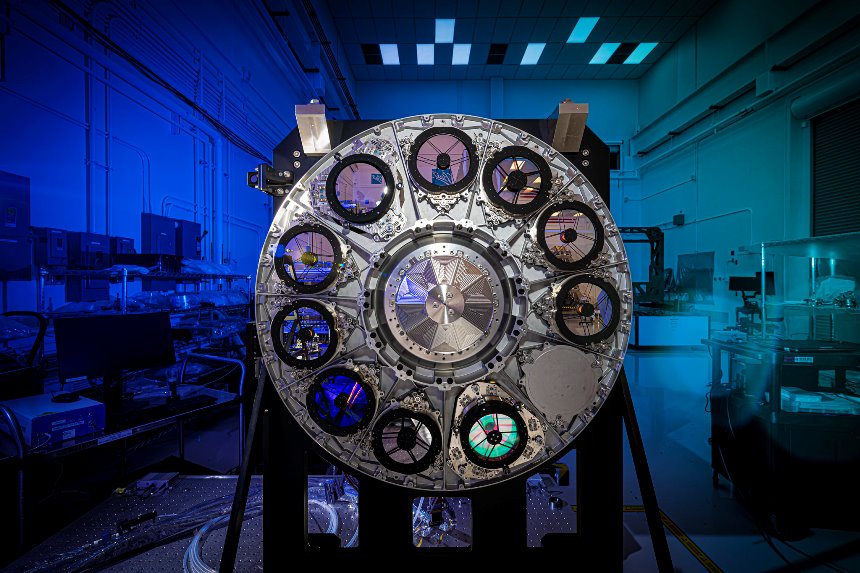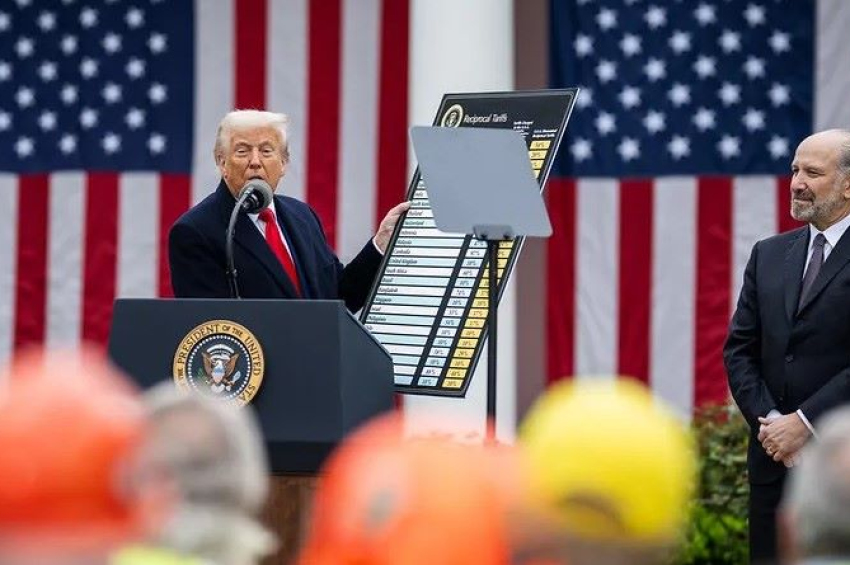Trump is literally killing Nancy Grace Roman Space Telescope in its infancy
The future of one of NASA’s most promising upcoming space observatories — the Nancy Grace Roman Space Telescope — hangs in the balance as the Trump administration pushes a budget proposal that would gut NASA's science programs.
An early version of the fiscal year 2026 budget, leaked to the press, shows NASA’s Science Mission Directorate, which currently operating on a $7.3 billion budget, could be slashed to just $3.9 billion.
While Congress hasn’t yet received a formal request, the leaked “passback” document signals a dramatic rollback in funding for Earth science, planetary missions, and even flagship projects nearing completion.
More to read:
How to rescue Hubble Space Telescope
Among the gravest concerns is the Nancy Grace Roman Space Telescope (NGRST), NASA’s next-generation observatory designed to follow in the footsteps of Hubble and James Webb. Named after the agency’s first chief of astronomy and a pioneer for women in space science, the instrument is slated to launch as early as September 2026.
But under this draft budget, it receives no dedicated funding. Which means it won’t be completed.
The Roman Space Telescope is being built to investigate some of the most profound cosmic questions: dark energy, exoplanets, and the evolution of the universe.

The Nancy Grace Roman Space Telescope under construction. NASA
Equipped with a Wide Field Instrument that provides a field of view 100 times greater than Hubble’s while maintaining similar resolution, Roman is expected to deliver sweeping infrared surveys of the cosmos, unlocking unprecedented views of stars, galaxies, and distant worlds.
Surely, not quite money-making activities where President Donald Trump could strike a deal and too hard for comprehension by the current members of the U.S. administration, with Elon Musk being perhaps an exception.
More to read:
James Webb Telescope detects mysterious structures in the center of Milky Way
The Trump team neglects the fact that NGRST’s development is already well underway, with hardware undergoing rigorous testing at NASA's Goddard Space Flight Center. Halting its progress now would not only squander years of work but also flush billions in taxpayer investments.
Casey Dreier, chief of Space Policy at The Planetary Society, called it “an extinction-level event for NASA science” and former NASA administrator Bill Nelson referred to the plan as “savagery.”
If it goes through, not only the Nancy Grace Roman Space Telescope will be killed in its infancy, but NASA’s capacity to carry out space missions will be seriously damaged, compromising U.S. leadership in astrophysics and space innovation.
***
When you send us a coffee-worth amount, you are funding a small, science-loving media outlet. For 1 euro a month, you actually get a subscription to select topics covered from an unbiased point of view, in an easy to crack way to digest. You are also welcome to send as much as you like, any amount is welcome: PayPal office[at]rudeana.com or https://paypal.me/newscafeeu, or https://buymeacoffee.com/newscafe







